Black Amaryllis Bulb Normal?
Denise M
4 years ago
Featured Answer
Sort by:Oldest
Comments (8)
Denise M
4 years agoRelated Professionals
Mooresville Landscape Contractors · Bainbridge Island Landscape Contractors · Fort Atkinson Landscape Contractors · Pompano Beach Landscape Contractors · Waterford Landscape Contractors · Maple Valley Landscape Architects & Landscape Designers · Surprise Landscape Architects & Landscape Designers · Saint Charles Landscape Architects & Landscape Designers · Finneytown Landscape Architects & Landscape Designers · Bound Brook Landscape Contractors · Cerritos Landscape Contractors · Del Aire Landscape Contractors · Fort Atkinson Landscape Contractors · Tinton Falls Landscape Contractors · Suisun City Interior Designers & DecoratorsDenise M
4 years agolast modified: 4 years agoN D
4 years agoDenise M
4 years ago
Related Stories

HOUSEPLANTSHow to Force Amaryllis Bulbs Indoors
Enjoy vibrant red blossoms even as gardens turn snowy white, by teaching this hardy repeat performer to ignore the calendar
Full Story
MOST POPULAR11 Reasons to Paint Your Interior Doors Black
Brush on some ebony paint and turn a dull doorway into a model of drop-dead sophistication
Full Story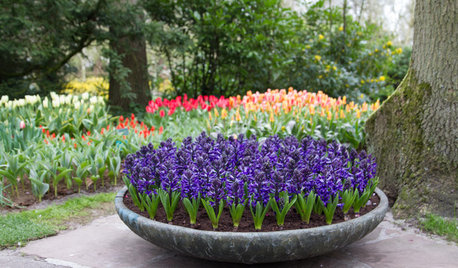
FLOWERS11 Classic Bulbs for Spring Blooms
Plant these ever-popular bulbs in fall to ensure a garden bursting with colors in spring
Full Story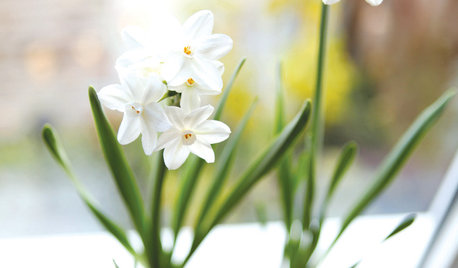
DIY PROJECTSHoliday DIY: Mason Jar Forced Bulbs and Evergreen Gift Tags
Learn how to make these winter projects from the book ‘Garden Made’ by Stephanie Rose
Full Story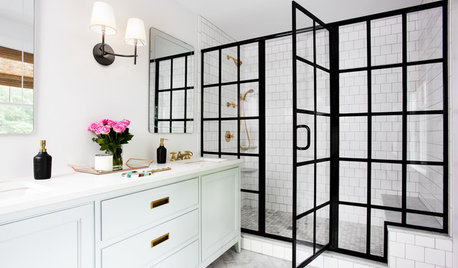
SHOWERS10 Reasons to Go for Black-Framed Shower Doors
Add drama, elegance or industrial chic to your bathroom with these metal-framed glass doors and windows
Full Story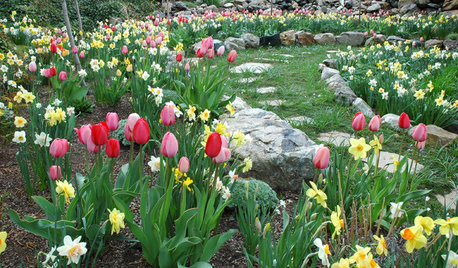
GARDENING GUIDESGardening With Kids: How to Plant Bulbs
You don't need expertise to get flowering bulbs in the ground in fall — but kids will feel like gardening pros come spring
Full Story
MY HOUZZMy Houzz: Classic Black and White Design in a Chicago Condo
Traditional design mixed with quirky details and unexpected color gives this graphic designer’s home a dark and glamorous vibe
Full Story
HOUSEPLANTSHow to Keep Your Gift Plants Happy After the Holidays
Yes, you can keep your poinsettia, amaryllis, cyclamen and other gift plants alive and blooming for holidays to come
Full Story
HOUSEKEEPING10 Problems Your House May Be Trying to Show You
Ignore some of these signs and you may end up with major issues. We tell you which are normal and which are cause for concern
Full Story
KITCHEN DESIGN5 Favorite Granites for Gorgeous Kitchen Countertops
See granite types from white to black in action, and learn which cabinet finishes and fixture materials pair best with each
Full StoryMore Discussions






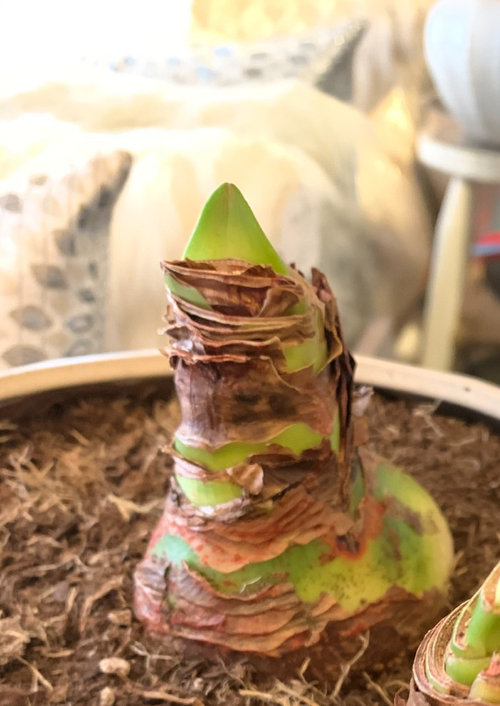
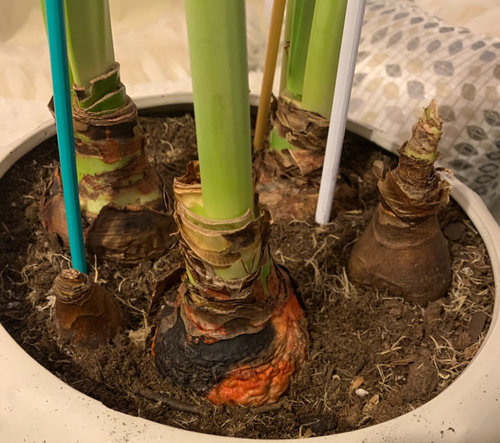

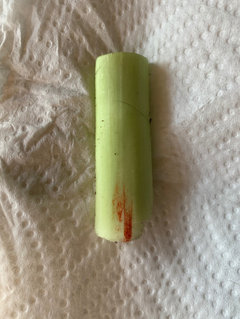
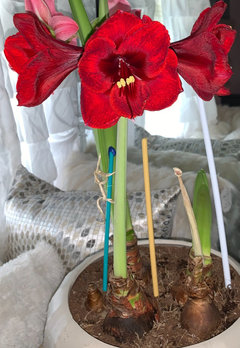
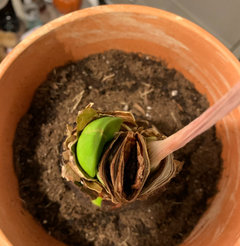
Photo Synthesis